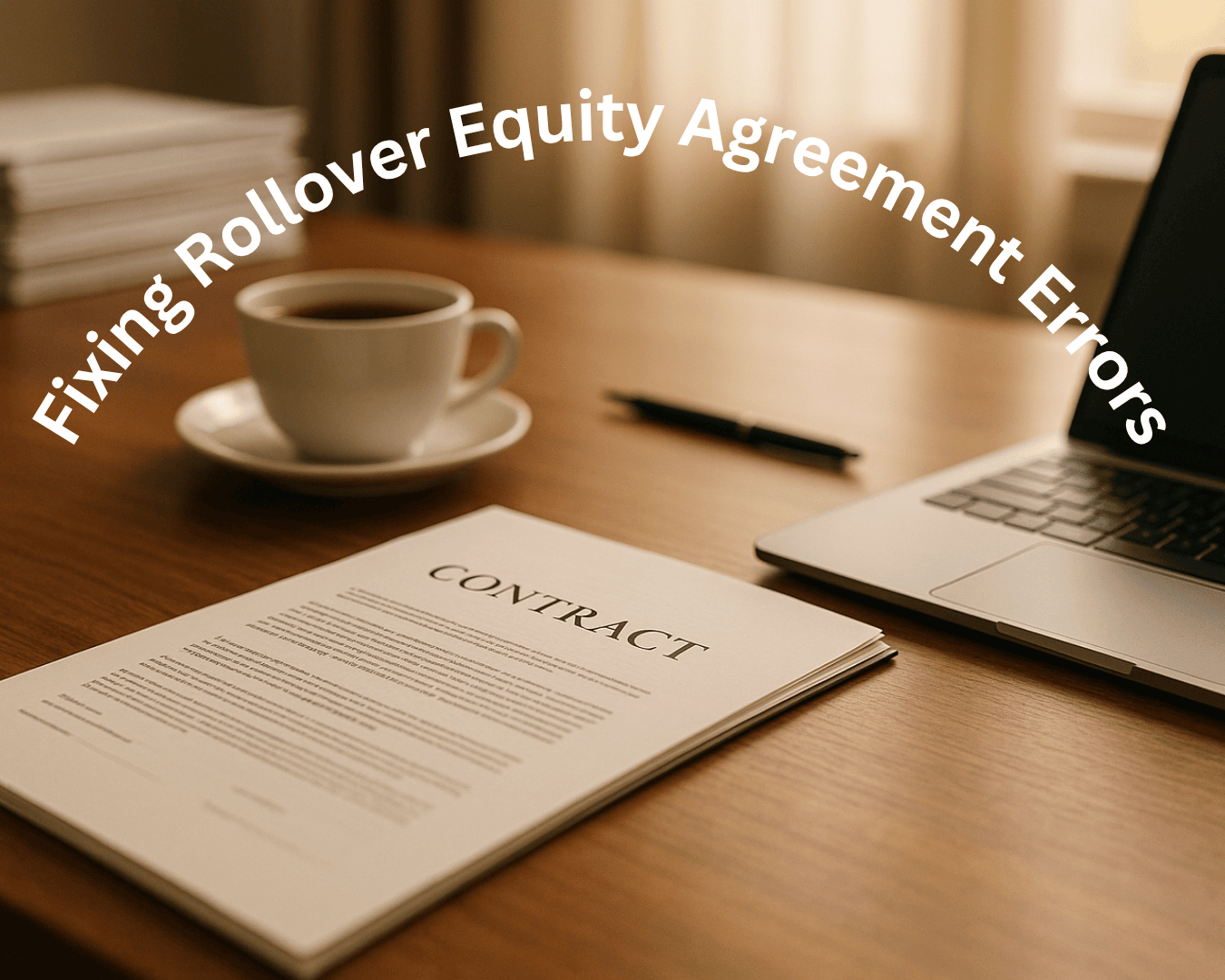Valuing a business is critical for successful acquisitions. Missteps in valuation are a leading cause of failed deals, with 70-90% of acquisitions falling short. Here’s a quick breakdown of the process:
- Set Valuation Goals: Define your acquisition objectives (e.g., growth, technology, talent) and decide between asset or equity purchases.
- Review Financial Records: Analyze income statements, balance sheets, and cash flow while adjusting for inaccuracies.
- Choose a Valuation Method: Options include asset-based, market-based, or income-based approaches.
- Research Market Comparisons: Use platforms like or DealStats or BizMiner to gather industry-specific multiples.
- Assess Risks and Growth: Factor in financial risks, operational challenges, and synergy potential.
- Conduct Due Diligence: Verify financials, legal compliance, and operational stability to avoid surprises.
- Negotiate the Offer: Structure the deal with terms like earnouts, seller financing, or equity transfers.
Quick Comparison of Valuation Methods
- Asset-Based: Best for Asset-Heavy Businesses. Key Focus is Tangible Assets' value
- Market-Based: Best for Companies with market comparable. Key Focus is Pricing Benchmarks
- Income-Based: Best for Stable cash-flow businesses. Key Focus is Future Earnings potential
This guide walks you through each step with actionable insights to ensure accurate valuations and successful deals.
Step 1: Set Valuation Goals and Boundaries
Step 1 is all about defining the valuation parameters that guide your acquisition process. Your specific goals for the acquisition will determine the valuation approach and acceptable price range.
Acquisition Goals
Your goals directly influence how you value a potential acquisition. Here's how different objectives shape valuation:
- Strategic Growth: Justifies Higher Valuation
- Financial Investment: Prioritizes ROI metrics
- Technology Acquisition: Focuses on intellectual property
- Talent Acquisition: Emphasizes human capital
For example, Walmart's 2022 acquisition of Memomi was driven by a clear goal: improving vision care services with AR technology. This resulted in tangible outcomes, including a 25% increase in virtual try-ons and a 10% boost in conversion rates within six months.
Asset vs. Equity Purchases
The structure of your acquisition - whether it's an asset or equity purchase - affects how you approach valuation. Asset purchases dominate small business acquisitions, accounting for about 70% [9].
"Asset purchases are generally preferred by buyers due to tax benefits and liability limitations, while equity purchases are often favored by sellers for tax advantages" [3][4].
Asset Purchase:
- Focuses on specific assets and liabilities
- Includes tax benefits like step-up depreciation
- Requires calculating transfer costs
Equity Purchase:
- Covers the entire entity, including hidden obligations
- Considers continuity costs
- Requires a deeper assessment of liabilities
SMB-Specific Challenges
Small and medium-sized businesses (SMBs) come with unique challenges that can complicate valuations. Here are three key areas to watch:
- Financial Documentation
- Reconstruct financial statements by analyzing bank statements, verifying tax returns, normalizing expenses, and validating revenue.
- Owner Dependency
- Evaluate how dependent the business is on the current owner by assessing the transferability of customer relationships, risks tied to key employee retention, operational processes, and the owner's direct contribution to revenue.
- Revenue Consistency
- Address fluctuations in earnings by normalizing earnings, averaging results over multiple years, adjusting for one-time events, and accounting for seasonal trends.
These considerations lay the groundwork for analyzing financial records, which will be the focus of Step 2.
Step 2: Review Financial Records
Once you've set your valuation goals, it's time to dive into the financial records. This step is all about understanding the company's financial health and spotting performance trends that matter for valuation.
Key Documents to Gather
To address the documentation gaps mentioned earlier, you’ll need to collect these critical records:
- Income Statements: Trends in revenue, expense patterns, and profit margins
- Balance Sheets: Quality of assets, debt levels, and equity position
- Cash Flow Statements: Operating cash flow and changes in working capital
- Tax Returns: Earnings, deductions, and compliance history
- Accounts Receivable/Payable Reports: Efficiency in collections and payment habits
- Sales Records: Customer concentration and product performance
- Inventory Lists: Stock levels and turnover rates
Adjusting Financials for Accuracy
It’s common for financial statements to need some adjustments to reflect the real performance of the business. Here’s how you can normalize earnings:
- Adjust owner compensation to align with market rates (e.g., correcting for $150,000 in excess compensation) [11].
- Remove one-time items like legal settlements or equipment sales that don’t reflect ongoing operations [6].
- Update related-party transactions to reflect market rates [7].
Red Flags to Watch Out For
Be on the lookout for these warning signs that could hurt the valuation:
Signs of Financial Trouble:
- Falling revenue or shrinking profit margins
- Unexplained jumps in expenses
- Negative operating cash flow
Documentation Problems:
- Mismatches between tax returns and financial statements
- Missing or incomplete records
- Inconsistent reporting methods
Laying this financial groundwork is essential for choosing the right valuation method in Step 3.
Step 3: Pick Your Valuation Method
After analyzing financial records, the next step is choosing the right valuation method to determine a business's worth. The method you select will depend on the type of business and the circumstances of the acquisition. This decision will also guide your research into market comparables in the next step.
Common Valuation Methods
Here are three widely used valuation methods for small and medium-sized business (SMB) acquisitions:
- Discounted Cash Flow (DCF): Estimates future cash flows (5-10 years) and applies a company-specific discount rate.
- Market Comparables: Uses profit multiples but requires adjustments for business size.
- Asset-Based: Focuses on tangible assets but may overlook the value of intellectual property.
Choosing the Right Approach for SMBs
Each valuation method has strengths and weaknesses, especially when applied to small businesses:
- Discounted Cash Flow (DCF) is excellent for capturing growth potential and the time value of money, but it works best with businesses that have stable cash flows. For SMBs, this can be tricky, so a hybrid approach is often more practical. For instance, a manufacturer might combine asset valuations for physical resources with market multiples for broader context.
- Market Comparables require adjustments to reflect the smaller size and higher risks of SMBs. For example, if larger competitors trade at 8x EBITDA, a smaller business might be valued at 6-7x EBITDA, considering factors like:
- Higher operational risks
- Limited economies of scale
- Concentrated customer bases [2]
- Asset-Based Valuation works well for valuing tangible assets but often misses the mark with intangible assets. In such cases, you can estimate the value of these assets by calculating the licensing fees a buyer would avoid. For example, a consulting firm’s proprietary processes might be valued at 5% of annual revenue using this method [6].
When using DCF for SMBs, it's essential to account for additional risks by adding a small business risk premium of 3-6% to the discount rate [4]. These adjustments align with the specific risks you'll assess in Step 5.
The valuation method you choose will also influence the due diligence process in Step 6, particularly when verifying financial details.
Step 4: Research Market Comparisons
After selecting your methodology in Step 3, it's time to gather market comparison data. This step helps confirm your initial valuation estimates and plays a key role in shaping your risk assessment in Step 5.
Using Business Multiples
Industry-specific multiples can help you assess valuations for small and medium-sized businesses. Below are some typical EBITDA multiples by industry:
Average EBITDA Multiple
- Manufacturing: 4.48x
- Retail: 3.74x
- Service: 3.43x
- Restaurant: 3.04x
When applying these multiples, consider factors like:
- Growth rate relative to the industry average
- Competitive position and market advantages
- Geographic location and local market conditions
- Earnings quality and customer concentration
Tools for Market Research
Platforms like Clearly Acquired can streamline your research process. They allow you to:
- Pull data from multiple sources automatically
- Filter results by industry, size, and location
- Calculate valuations efficiently
- Track comparable deals in real time
Make sure to cross-check data from different sources and focus on the most recent transactions. These adjusted figures will be key for your growth and risk calculations in the next step.
Step 5: Calculate Risk and Growth Factors
Once you've gathered market comparison data, it's time to refine your valuation by considering specific risks and growth opportunities. This ensures a more precise valuation that factors in both challenges and potential advantages.
Measuring Deal Benefits
Deal benefits typically stem from two key areas: cost savings and revenue opportunities. Focus on measurable outcomes like operational efficiencies and cross-selling potential, rather than relying on uncertain projections.
- IT Systems Integration: 15-20% savings (12-18 months)
- Operational Overlap: 10-15% savings (6-12 months)
- Cross-selling: 5-30% revenue growth (18-24 months)
- Supply Chain Optimization: 8-12% savings (12-24 months)
When estimating synergies, apply a 20-40% risk adjustment to your projections[7]. For instance, if you expect $1 million in annual cost savings, applying a 25% risk adjustment reduces that figure to $750,000, providing a more realistic baseline.
Risk Assessment
A thorough risk assessment should cover both company-specific and market-related factors. Tools like the Altman Z-Score can serve as a useful starting point for evaluating financial risks[2]. Key areas to evaluate include:
Financial Stability Factors:
- Working capital needs
- Ability to service debt
Operational Considerations:
- Technology infrastructure
- Retention of key employees
- Compliance with regulations
For example, Microsoft's acquisition of Activision Blizzard highlighted the importance of addressing regulatory risks early in the process.
Distressed Business Valuation
When assessing struggling businesses, the focus shifts to asset values and the potential for recovery. Distressed businesses often sell at a 30-50% discount compared to healthier companies[8].
- Asset Liquidation: 20-50% discount and is based on asset condition and market demand
- Going Concern: 30-40% discount and is based on turnaround timeline and capital needs
- Intellectual Property: 25-35% discount and is based on technology relevance and legal status
For these businesses, use a higher discount rate (20-30%) in your DCF calculations to reflect the added risk[5]. Pay special attention to working capital requirements when building your valuation model.
These adjusted figures will play a crucial role in the due diligence process that follows.
Step 6: Complete Due Diligence
This step confirms the accuracy of your risk-adjusted valuation from Step 5 by focusing on three key verification areas. It's the final checkpoint before moving forward with an acquisition. Research indicates that 40% of companies conducting thorough due diligence achieve highly successful M&A deals, while 30% of transactions fail due to insufficient investigation[10].
Financial Verification Steps
Carefully compare financial statements with bank records and tax filings, emphasizing third-party verified data. For smaller businesses, conduct physical inventory counts and confirm receivables directly with customers. For example, during a 2024 bakery acquisition, physical stock counts revealed an 18% overstatement of inventory.
- Balance Sheets: Verify Asset valuation, liability details and look for hidden debt and inflated inventory
- Cash Flow Statements: Verify Working capital, operational trends and look for Irregular cash flow, late payments
Pay special attention to assessing sustainable earnings when reviewing financial records.
Legal Review
Financial checks validate numbers, but legal reviews protect against hidden risks and liabilities:
Corporate Structure and Governance:
- Articles of incorporation and bylaws
- Board meeting minutes
- Shareholder agreements
Regulatory Compliance:
- Industry-specific licenses
- Environmental permits
- Employment regulations
For instance, during a 2023 manufacturing acquisition, due diligence uncovered 12 expired permits, leading to $250K in remediation costs.
Employee and Operations Review
Evaluate workforce stability and operational risks, particularly focusing on reducing owner dependency and ensuring customer relationships are transferable.
Workforce Assessment:
- Review organizational hierarchy and reporting lines
- Examine contracts for key employees and retention risks
- Analyze compensation and benefits structures
Operational Infrastructure: Assess technology systems, supplier agreements, and quality certifications. Leverage data analytics tools to validate operational metrics and uncover areas for improvement.
Step 7: Create Offer and Negotiate
After completing due diligence, it's time to turn your valuation into a structured offer. Here's how to approach negotiations effectively:
Negotiation Basics
Start by basing your initial offer on the valuation you calculated in Steps 3-5, adjusted for any findings from due diligence. Research highlights that 70% of M&A deals fail to deliver shareholder value [1], making a well-thought-out negotiation strategy crucial.
- Base Price: Initial cash payment which represents the bulk of the value
- Earnout: Performance-based payments that Balances risk and reward
- Working Capital: Minimum required amount that Set targets in the agreement
- Key Conditions: Findings from due diligence that Includes contingency safeguards
Many buyers start with an offer about 20% below their maximum price. This allows room to negotiate while keeping the deal moving forward.
Payment Structure Options
Choosing the right payment structure can help close valuation gaps and align interests between buyer and seller. Common options include:
- Cash: Provides immediate closure but requires significant upfront capital.
- Seller Financing: Involves gradual payments, keeping the seller engaged post-sale.
- Performance-Based Payments: Tied to milestones achieved after closing.
- Equity Transfers: Offers ownership stakes instead of cash.
When presenting terms, pause for 7-10 seconds after making your proposal. This brief silence often encourages a response from the other party. For earnouts, consider using graduated payment scales tied to performance goals.
Deal Management Software
Tools like Clearly Acquired simplify the negotiation process by automating administrative tasks. These platforms allow you to focus on key deal terms by offering features such as:
- Automated NDA management
- Secure document sharing
- Real-time collaboration tools
- Customizable dashboards for tracking deal progress
With integrated messaging and version tracking, these systems ensure clear communication and help manage multiple iterations of your offer efficiently.
Conclusion: Summary and Next Steps
Step Review
This seven-step approach offers a clear, practical framework for evaluating acquisitions. It prioritizes using data to guide decisions instead of relying on a single method. Each step builds on the last, starting with goal-setting and ending with finalizing negotiations. The valuation you establish through this process serves as the groundwork for structuring acquisition terms, as detailed in Step 7.
Next Actions
To put your valuation into action:
- Close any gaps in your analysis before entering negotiations.
- Develop a proposal that aligns with the valuation range you calculated in Step 5.
- Set up a deal management platform to streamline the process.
- Consult with sector experts for specialized asset valuations.
Take extra care to address areas like working capital requirements (refer to Step 5) since they can significantly influence the deal structure [4]. For situations involving intangible assets or unique market conditions, industry experts can offer critical insights to refine your valuation [2].
FAQs
What is a good EBITDA multiple by industry?
Think of these as general benchmarks - actual multiples depend on your Step 5 risk evaluation. For example, a business services firm with $500K EBITDA might be valued at $2M (4.0x), while a competitor with $15M EBITDA could be worth $133.5M (8.9x) [1].
Factors like growth rate, market position, and operational risks play a big role - these are covered in Steps 3-5. Combine these guidelines with your Step 4 market research to confirm valuation ranges before making any final decisions.




.png)


























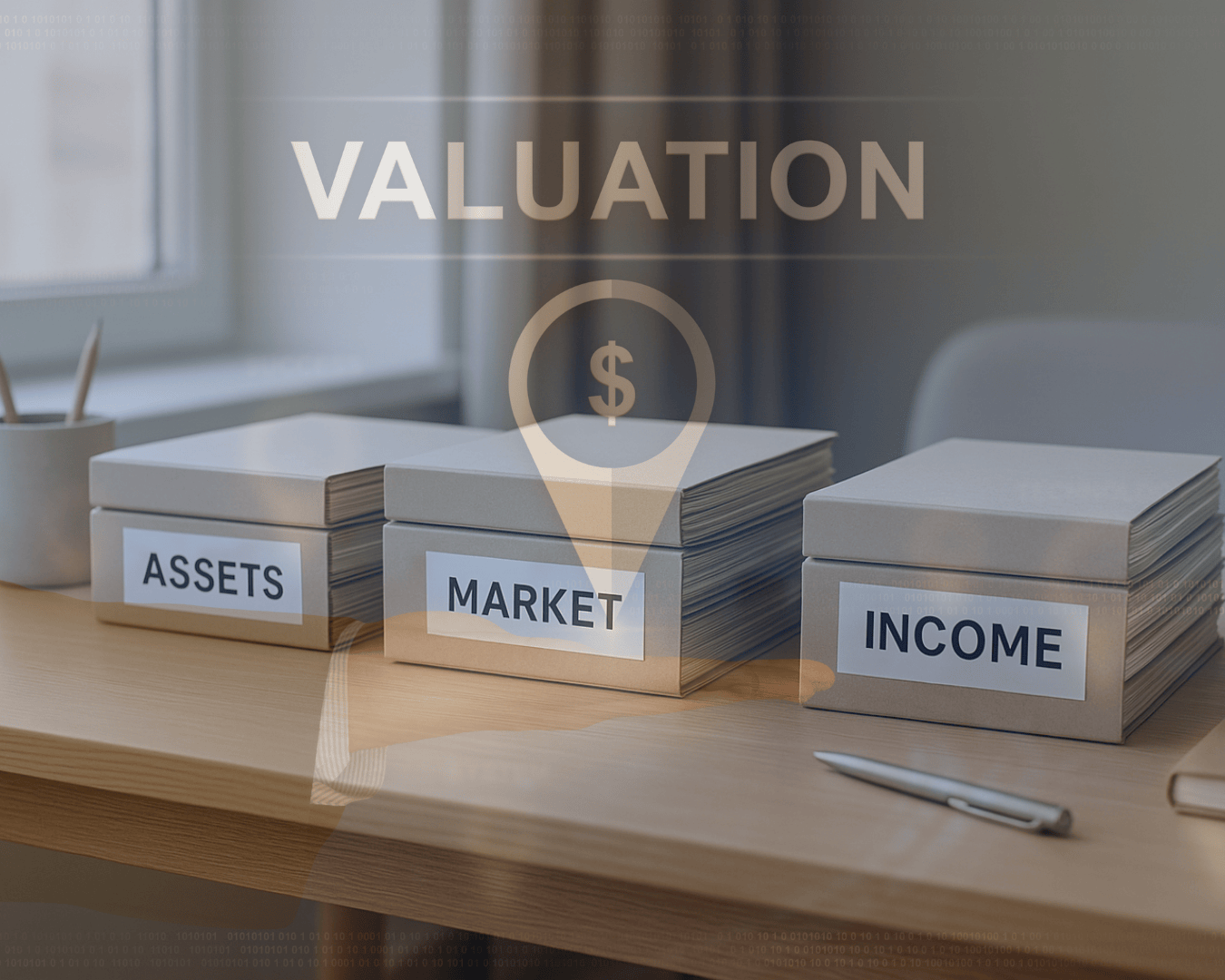












.png)

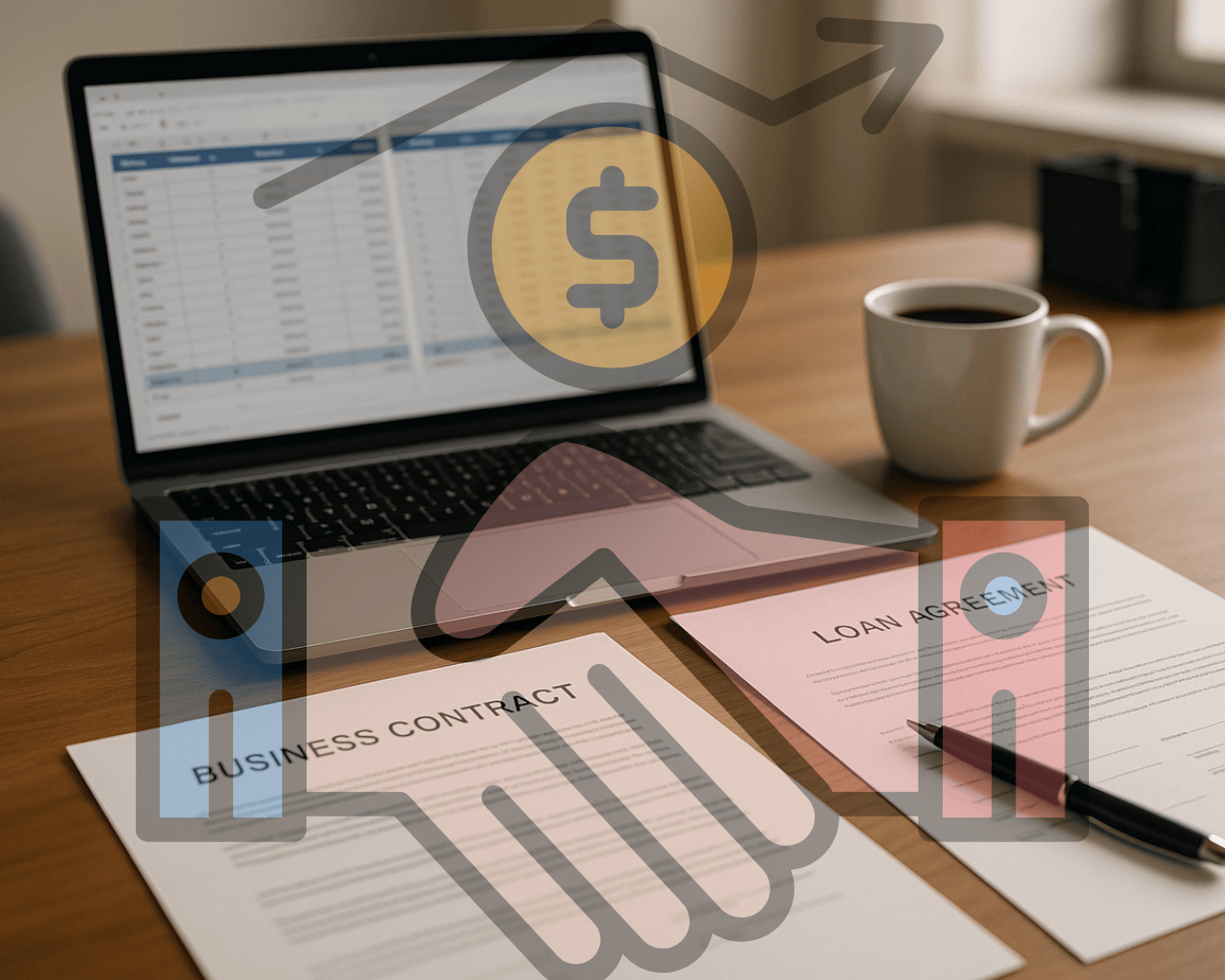















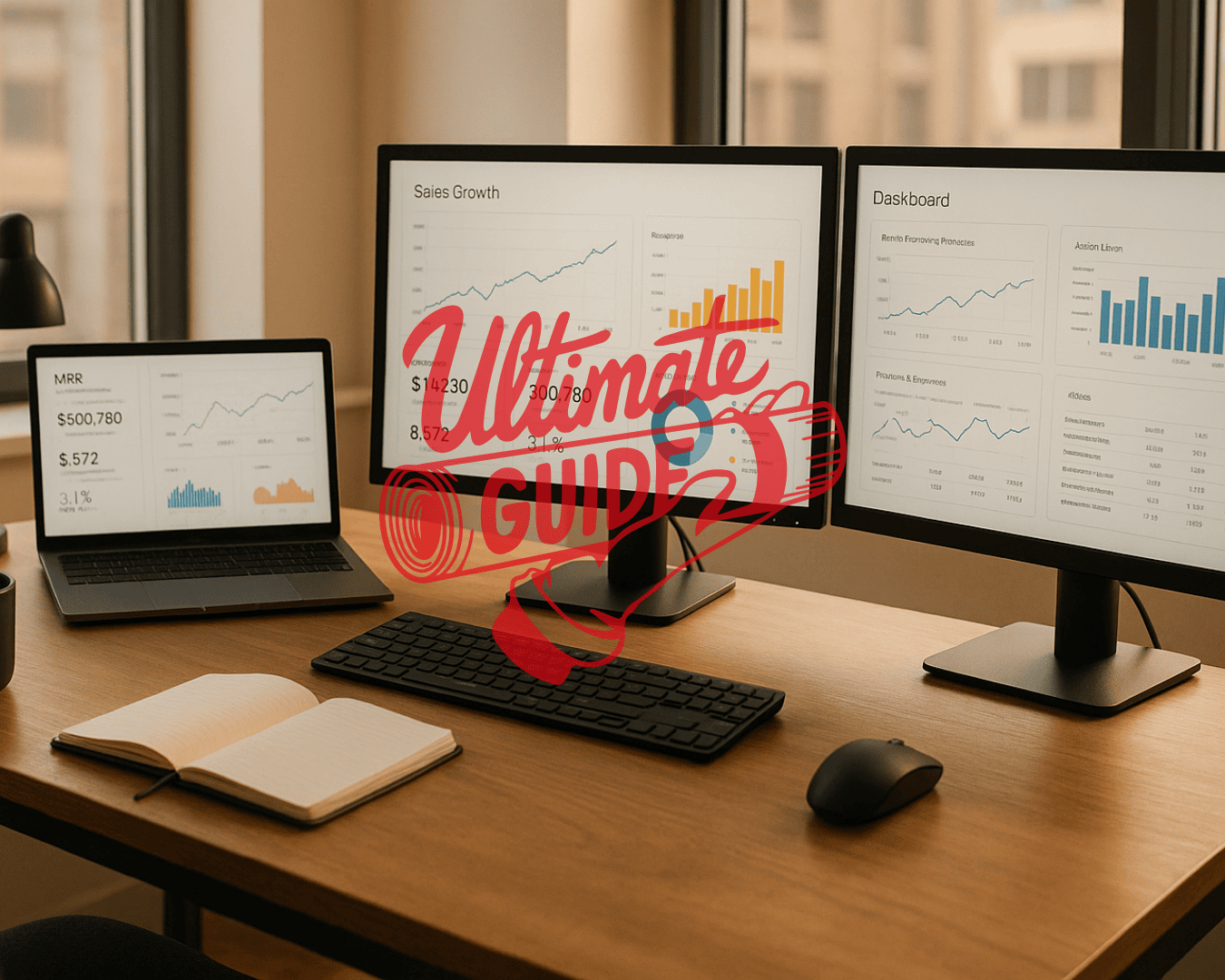










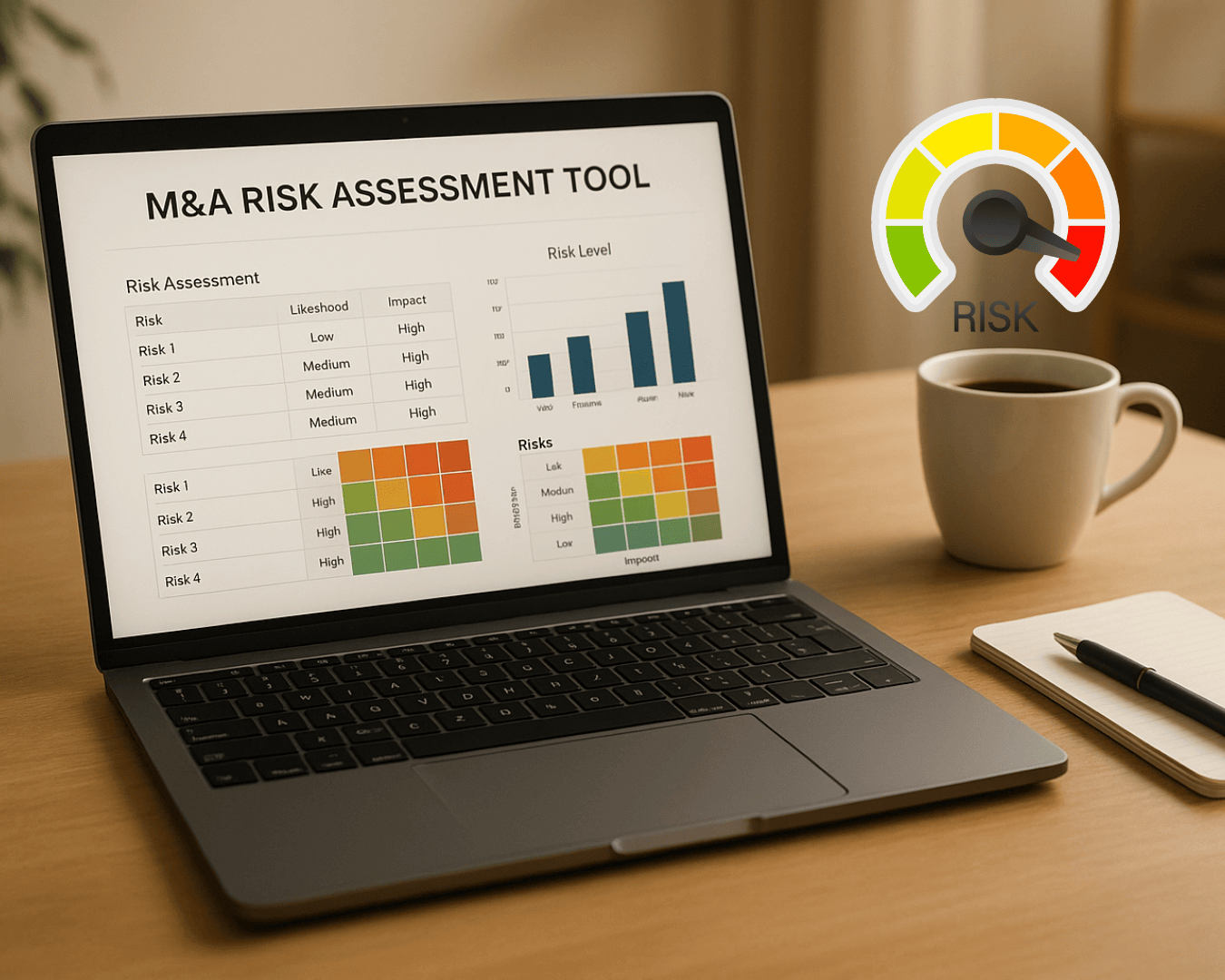

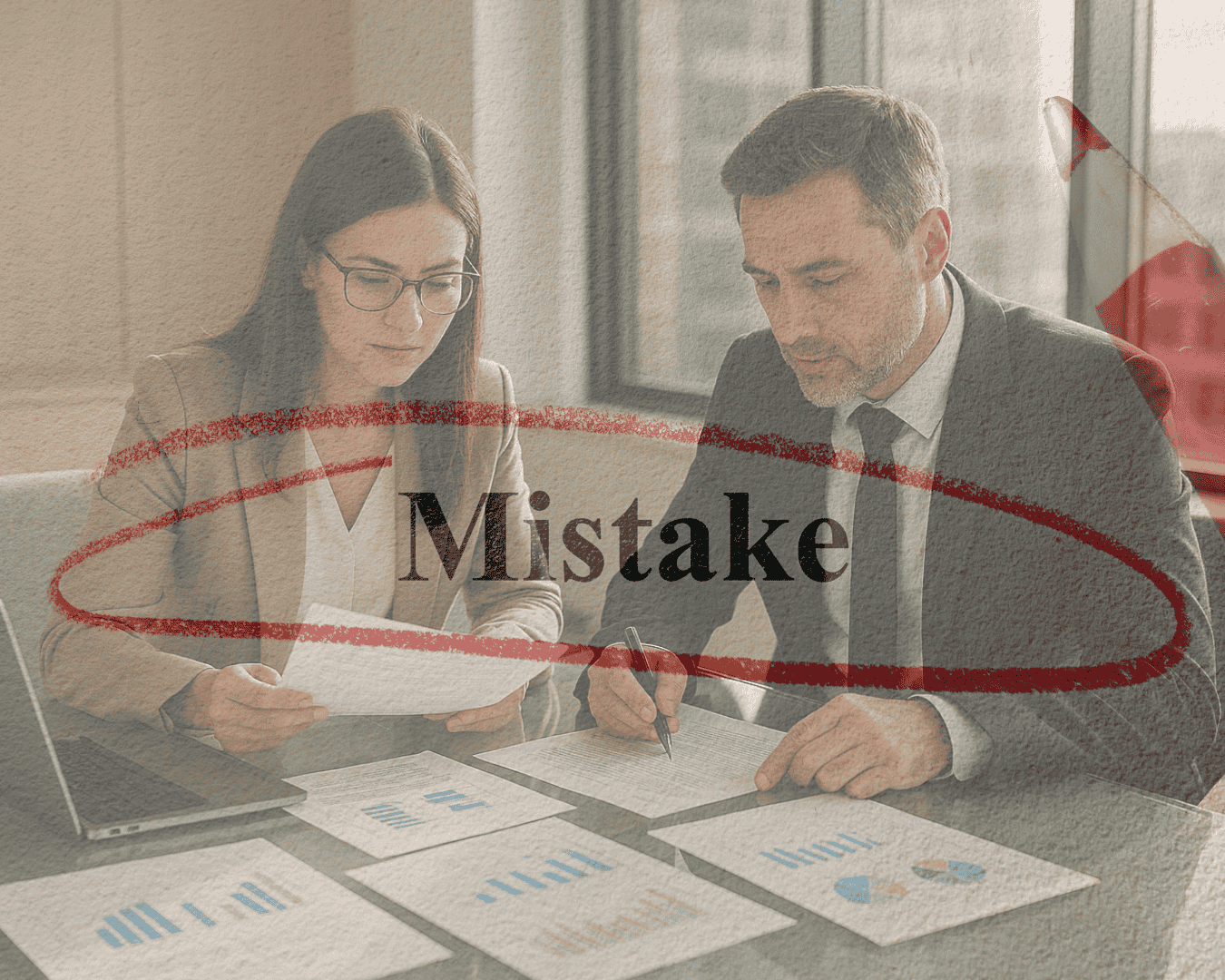
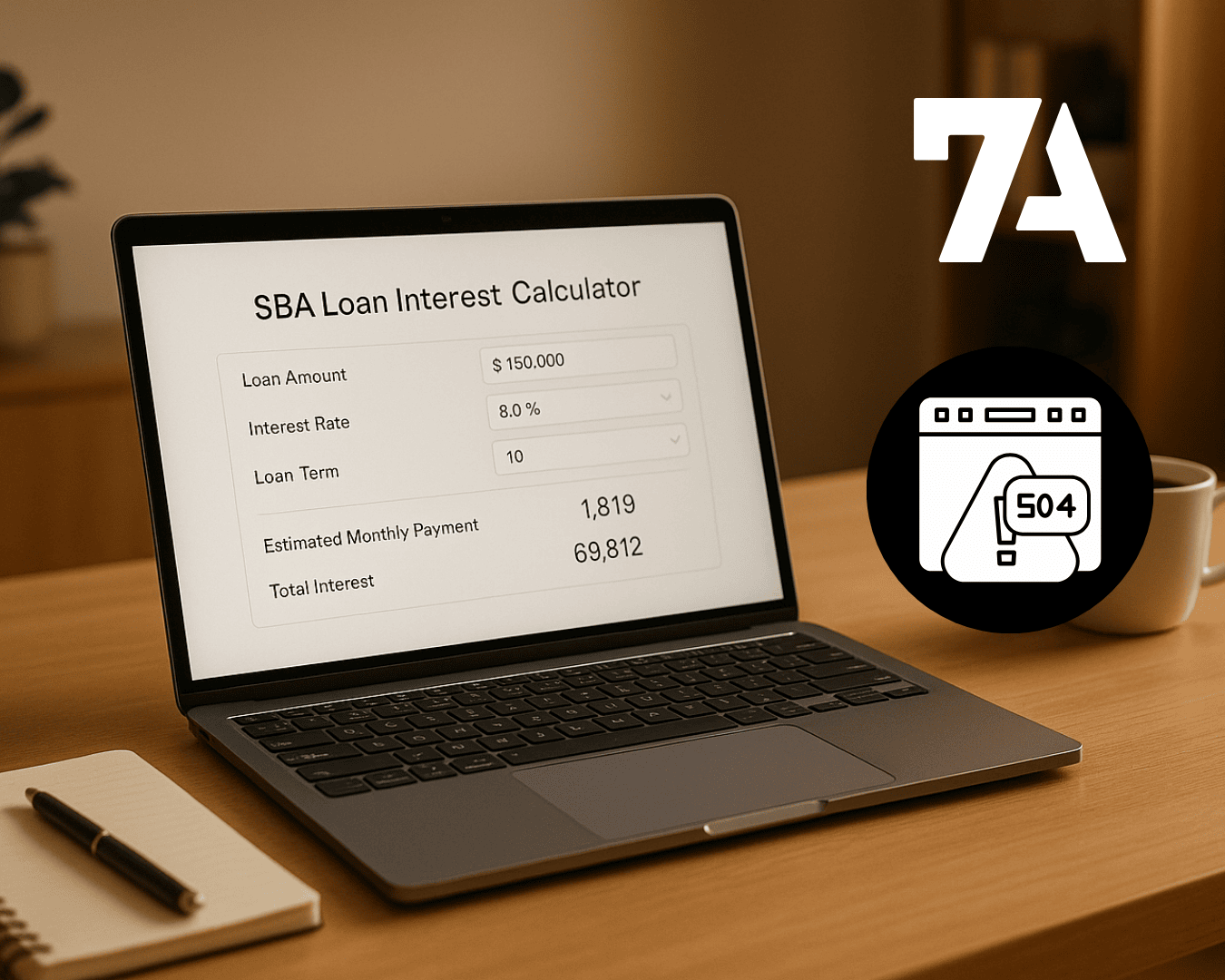








%20Loan%20Application%20Checklist.png)
